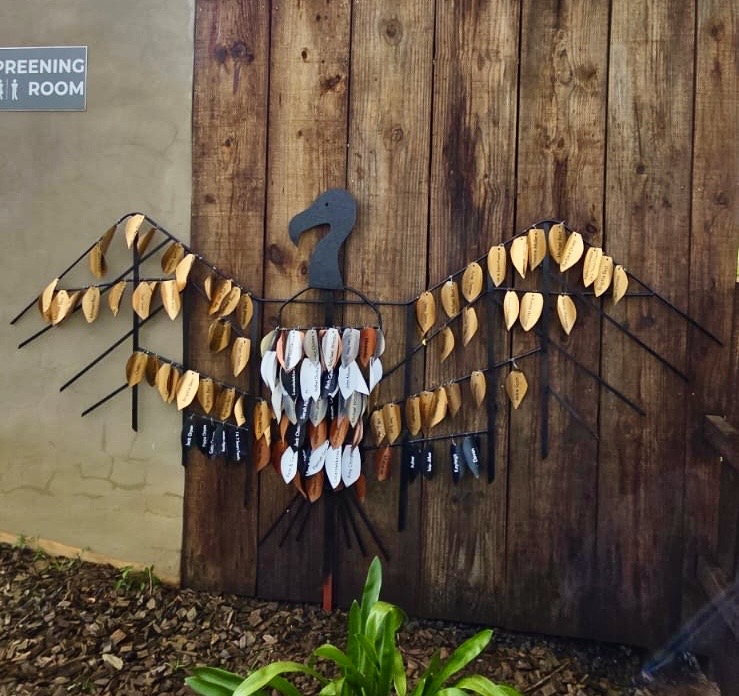The basic unit of elephant society is a stable family group of closely related adult females with young of various ages. Each herd is usually led by the oldest female - the matriarch. She decides where and when they move and rest on a day-to-day basis. This group is what we refer to as an elephant “breeding herd”.As we sat patiently listening to the crunching of branches and low rumbles of communication after our sunrise coffee one morning, the elephant breeding herd on Manyoni Private Game Reserve slowly decided to grace us with their presence.Whether or not an elephant acts aggressively can partly be determined by how the rest of its group behaves, as well as by how it has learned to respond to possible threats while growing up. This is something we monitor from the moment the elephants are first observed.
Elephant Breeding Herd at Manyoni Game Reserve
As the matriarch (followed by the elephant breeding herd) slowly approached the vehicle, they displayed their inquisitive yet intimate curiosity with the use of their trunks. It is estimated that an elephant has over 40,000 muscles in their trunk alone! This dexterous yet enormously powerful “two-fingered hand” is used for both picking up single seed pods and tearing down trees, as well as for communication via touch and smell.Elephants are one of Manyoni’s priority species which the Wildlife ACT team monitors on a weekly basis. In addition to their complex social structures, elephants are currently listed as “Vulnerable” on the IUCN Red List of Threatened Species. With their populations becoming increasingly fragmented it is crucial for continuous monitoring to be implemented within these confined, fenced areas to assess the impact they impose on their environment.As this elephant breeding herd moved on to the next shrubbery, slow exhalations were heard coming from the back of the vehicle … “you can breathe now!” we reminded the volunteers as we glanced in awe at the elephants disappearing among the trees.
Text & Video by Wildlife ACT Monitor Megan Hudson



.jpg)


.jpg)



(1).avif)
.avif)